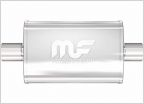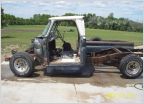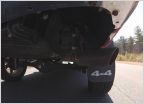-
Welcome to Tacoma World!
You are currently viewing as a guest! To get full-access, you need to register for a FREE account.
As a registered member, you’ll be able to:- Participate in all Tacoma discussion topics
- Communicate privately with other Tacoma owners from around the world
- Post your own photos in our Members Gallery
- Access all special features of the site
Anyone tried the Anderson Ford Motorsport MR. Freeze meth injection kit?
Discussion in 'Performance and Tuning' started by wesb1023, Jun 3, 2021.


 Magnaflow 18" on 2.7L? Help Me
Magnaflow 18" on 2.7L? Help Me Exhaust Differences
Exhaust Differences Best catback exhaust for 4.0
Best catback exhaust for 4.0 Exhaust tips recommendations
Exhaust tips recommendations


































































